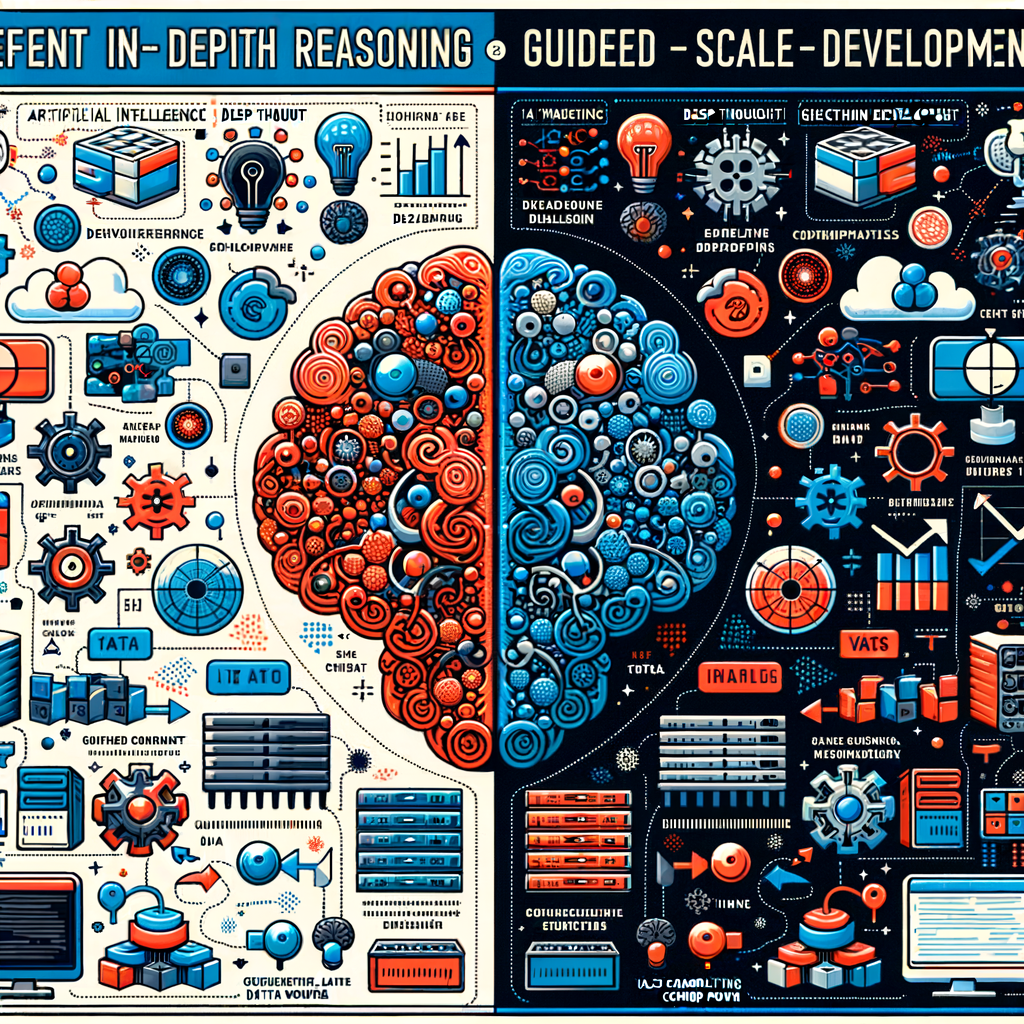“OpenAI vs. DeepSeek: The Race to Redefine AI Innovation”

OpenAI and DeepSeek have been making waves in the AI space, with some exciting developments taking shape. For instance, DeepSeek recently launched its R1 agent, and AI enthusiasts worldwide are buzzing. Meanwhile, OpenAI has been accelerating its updates, subtly responding to DeepSeek’s innovations. Let’s dive into their innovations, a comparison of their capabilities, and how these advancements impact the AI landscape.
DeepSeek R1’s WILD Innovations
DeepSeek R1 has captured widespread attention, especially from the open-source community. R1’s launch has demonstrated various capabilities, proving its versatility, efficiency, and innovation. Here’s a shortlist of some exciting projects utilizing R1:
- Create Entire Games: Developers have been crafting fully 3D games from scratch using R1. The agent provides efficient coding support for highly complex creations like interactive games.
- Build Local Apps: One of the standout features is using R1 to create applications that integrate unique functionalities, like interacting with PDFs directly.
- Testing Complex Reasoning: R1 shines when given sophisticated tasks. For example, testing its ability to solve multi-layered logic problems has been a key demonstrating factor in its AI reasoning capabilities.
- Develop Custom Applications: R1 shows its adaptability by helping with personal projects such as a Perplexity-like app or hyper-specific tools for productivity.
A particularly noteworthy benchmark test was R1’s handling of the Minecraft benchmark, which it passed seamlessly. This further proved R1’s efficiency and ability to work without resource wastage.
What Sets DeepSeek R1 Apart
Unlike many existing AI agents that rely on massive compute power, R1 applies strategic resource management. By focusing on “guided data iterations” rather than dumping large datasets into neural networks, DeepSeek has designed R1 to perform with precision and economy.
This approach strikes a contrast with companies like OpenAI, which allocate extensive compute power for broader tools. While OpenAI might prioritize scalability, DeepSeek focuses on refining operational efficiency—leading to heated debates about which style of AI development is the most effective.
OpenAI Responds with Accelerated Features
OpenAI has been keeping pace with DeepSeek’s advancements by introducing improvements to its ChatGPT Canvas and agent tools. These updates now allow:
- Support for full UI-enhanced applications inside the chat function.
- A robust option for developing interactive components like chess games or robot design integrations directly within OpenAI environments.
- Flexibility to expand AI’s real-world application scope through integration-focused features.
OpenAI’s adaptability and quick turnarounds clearly show their commitment to maintaining relevance amid fierce competition.
Looking Forward: The Battle of AI Strategies
The competition between OpenAI’s vast-scale development and DeepSeek’s efficient in-depth reasoning is far from over. On the horizon:
- OpenAI has announced “o1-level free mini plans” for emerging programmers looking to explore advanced reasoning tools—as an edge over limited-access competitors.
- DeepSeek is doubling down on community engagement, pulling creators into seamless custom builds powered by R1’s architecture.
For consumers observing this AI race, it’s exciting to witness agents becoming strategic allies, not just tools. Keep your AI skills updated because the stakes climb higher with every R&D breakthrough!
Quick Prompt Tips
- Use Yes/No Checks: Add structure like “Does this code fulfill XYZ conditions? Yes/No.”
- Frame Specific Data Requests: Only fetch relevant parts (e.g., tech stack metrics) rather than flooding tasks wholesale!
Keep following these giants of innovation, and explore tips to leverage AI tools better!
Hashtags: #AIInnovation #OpenAI #DeepSeekR1 #ArtificialIntelligence #AIAgents #TechAdvancements